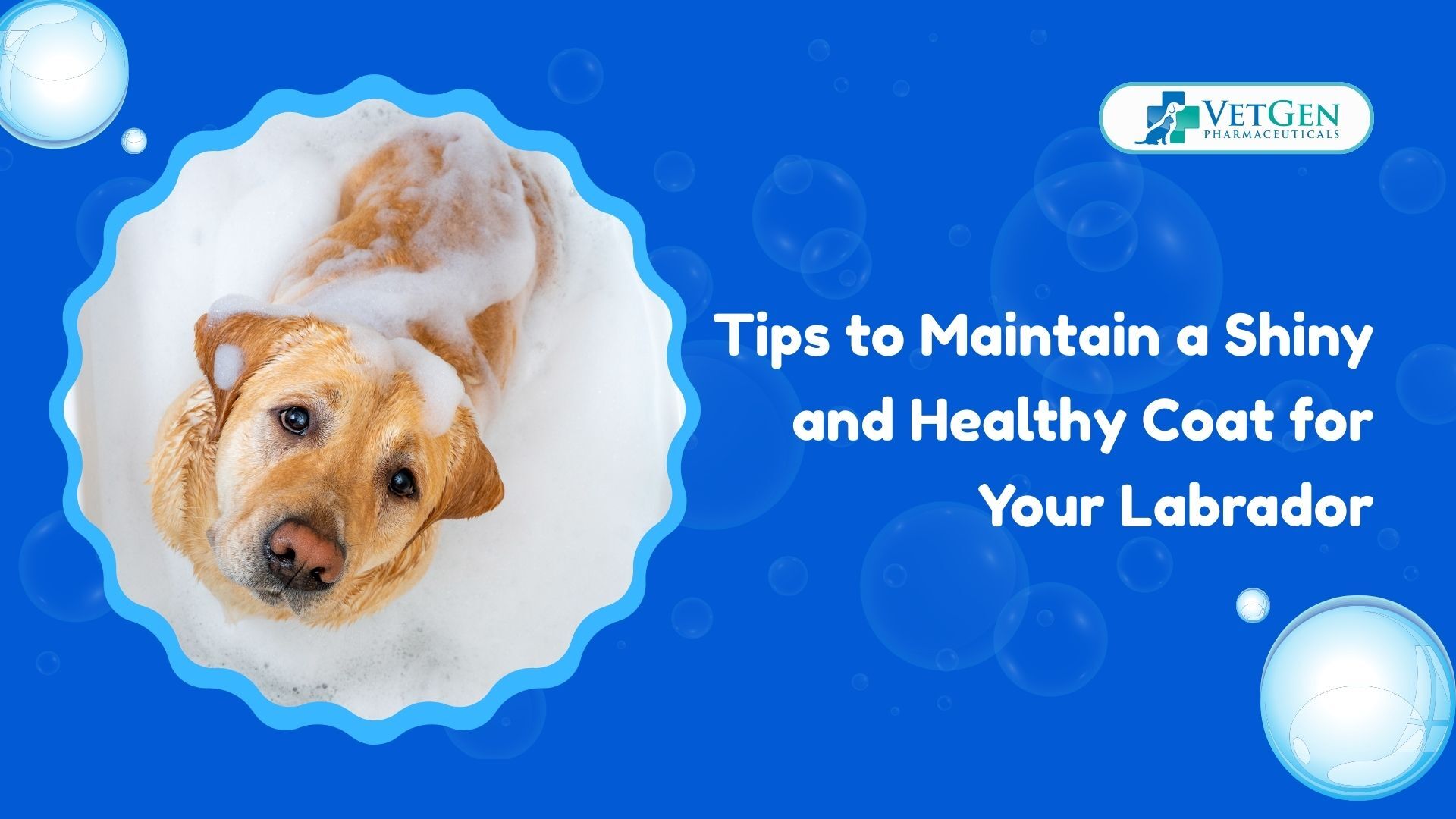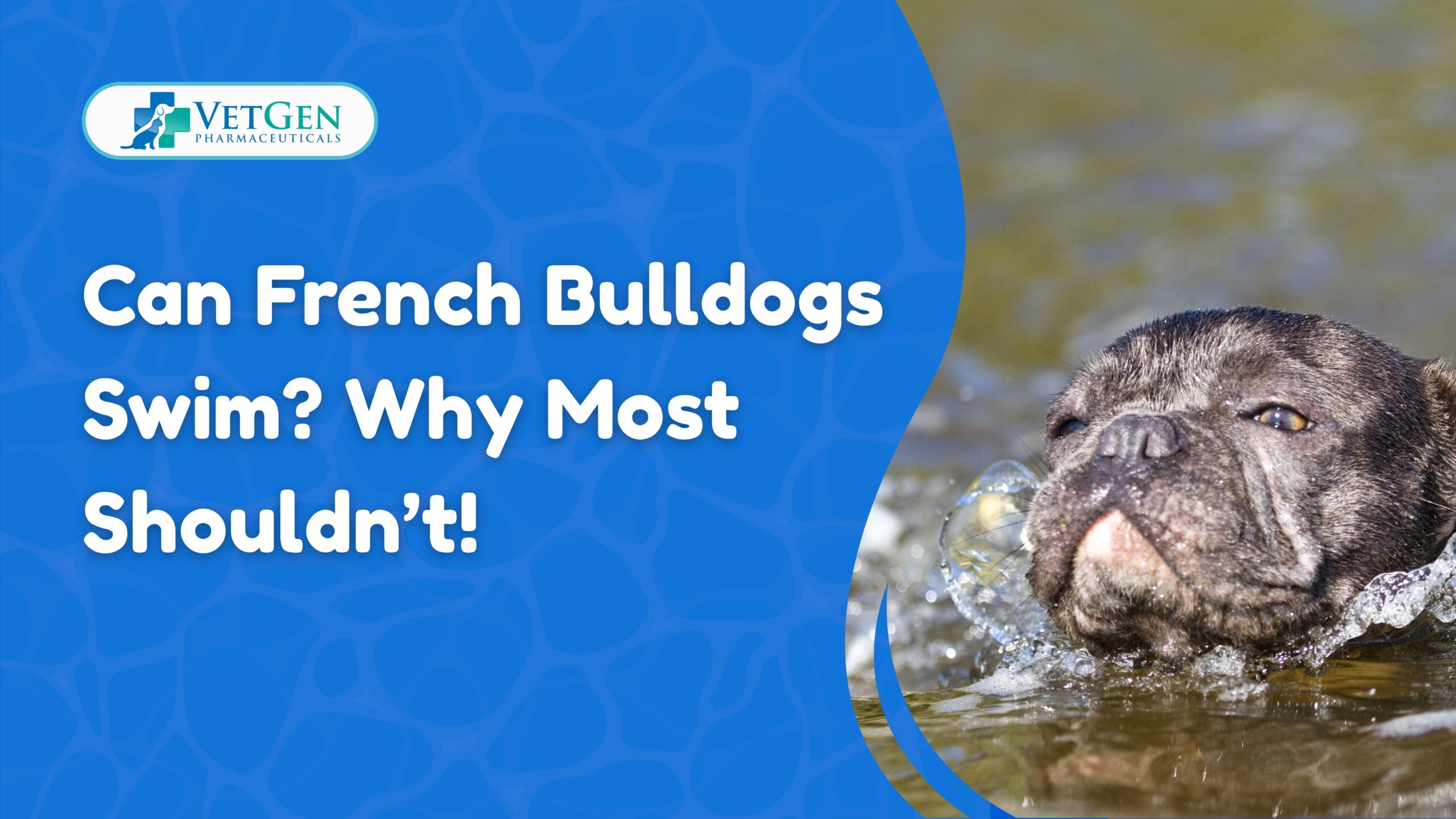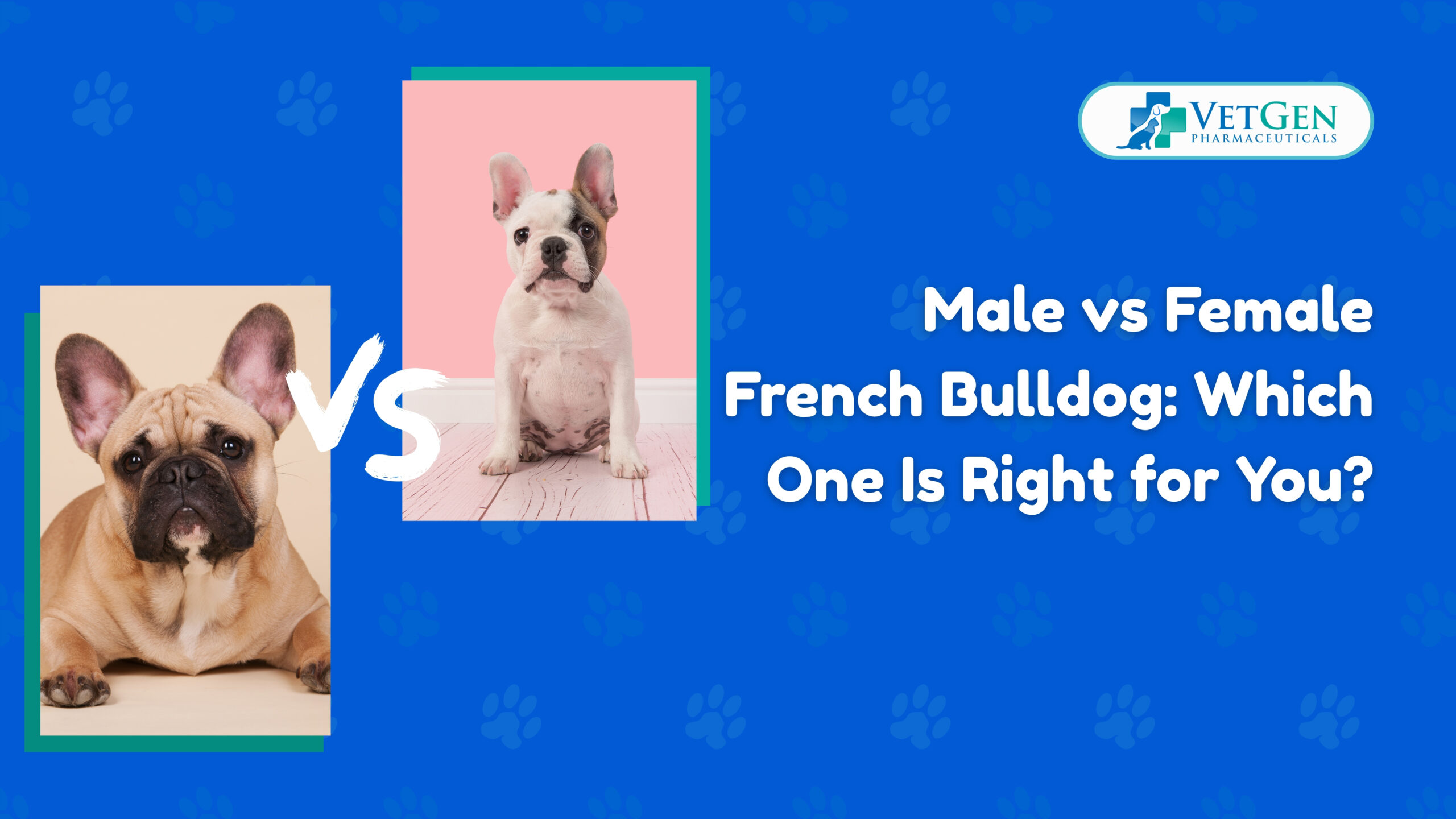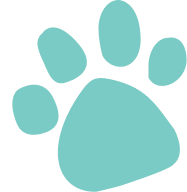Labrador Retrievers are one of the most beloved dog breeds worldwide, and for good reason. Known for their friendly temperament, intelligence, and loyalty, Labradors are also distinguished by their dense, water-resistant double coat. While they don’t require excessive grooming compared to some long-haired breeds, maintaining their coat in optimal condition is essential for their overall health and well-being.
Whether you have a Yellow, Black, or Chocolate Lab, a shiny and healthy coat is a sign of good health and proper care. In this blog, we’ll explore professional grooming tips, coat care routines, and essential health practices that every Labrador owner should follow to ensure their pup’s coat stays vibrant and healthy year-round.
Understanding the Labrador Coat
Before diving into grooming tips, it’s important to understand the unique characteristics of a Labrador’s coat.
Labradors have a double-layered coat:
- Undercoat: A soft, dense layer that provides insulation and protects against harsh temperatures.
- Topcoat (guard hairs): Coarser hairs that repel water and shield the undercoat from dirt and debris.
This dual-layer system is designed to protect Labs in various weather conditions, especially given their origins as waterfowl retrievers in cold climates.
Why Does Grooming Matter?
Grooming is not just about aesthetics. It plays a vital role in:
- Preventing skin infections and hot spots
- Reducing excess shedding
- Improving circulation and stimulating natural oil production
- Allowing early detection of parasites, lumps, or injuries
Strengthening the bond between pet and owner
Grooming Tips For Your Labrador
Now that we understand the importance of grooming, let’s explore practical grooming tips for Labradors.
1. Brushing
Regular brushing is the cornerstone of Labrador coat care. Weekly brushing is sufficient during most of the year. During shedding seasons (spring and fall), increase frequency to daily or every other day. Always brush in the direction of hair growth. Be gentle near sensitive areas like the belly and tail.
Tools You’ll Need
- Undercoat rake or de-shedding tool: Removes loose undercoat hair efficiently.
- Slicker brush or bristle brush: Helps smooth the topcoat and distribute natural oils.
- Rubber grooming mitt: Great for massaging the skin and stimulating circulation.
Benefits of Brushing
- Prevents matting (especially around ears and hindquarters)
- Distributes skin oils, giving the coat a natural shine
- Reduces the amount of loose hair around your home
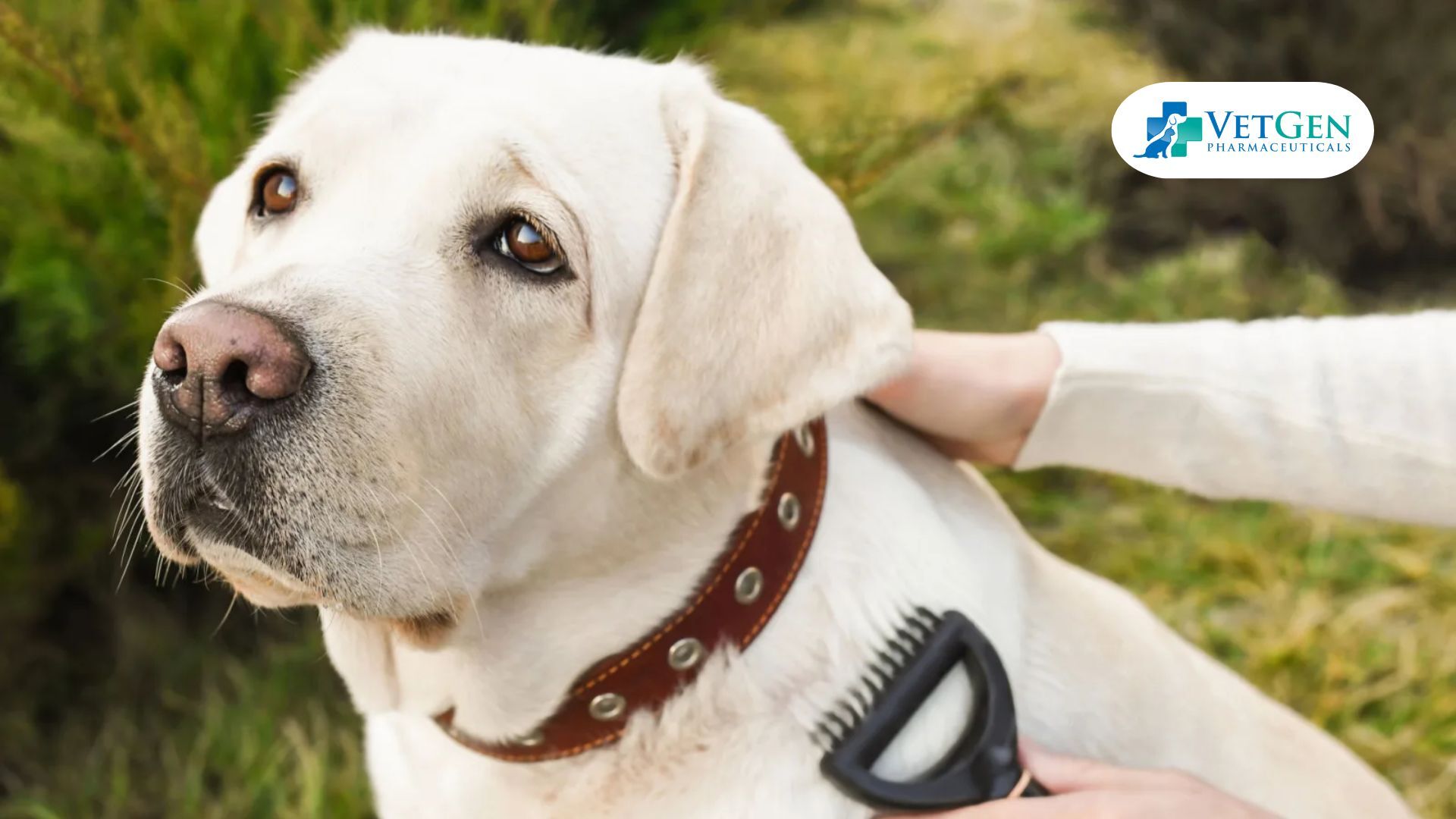
2. Bathing
Labradors are known for their love of water, but that doesn’t mean they need frequent baths. For bathing frequency, every 6 to 8 weeks is generally ideal. Also, bathe after exposure to mud, saltwater, or strong odors. To choose the right shampoo, use a high-quality, dog-specific shampoo that is:
- pH-balanced for canine skin
- Free of harsh chemicals or sulfates
- Formulated with natural ingredients like oatmeal, aloe vera, or coconut oil
Avoid over-bathing, as it can strip natural oils, leading to dry, flaky skin and a dull coat. If your Lab has dry skin or a dull coat, consider using a leave-in conditioner or hydrating rinse post-bath.
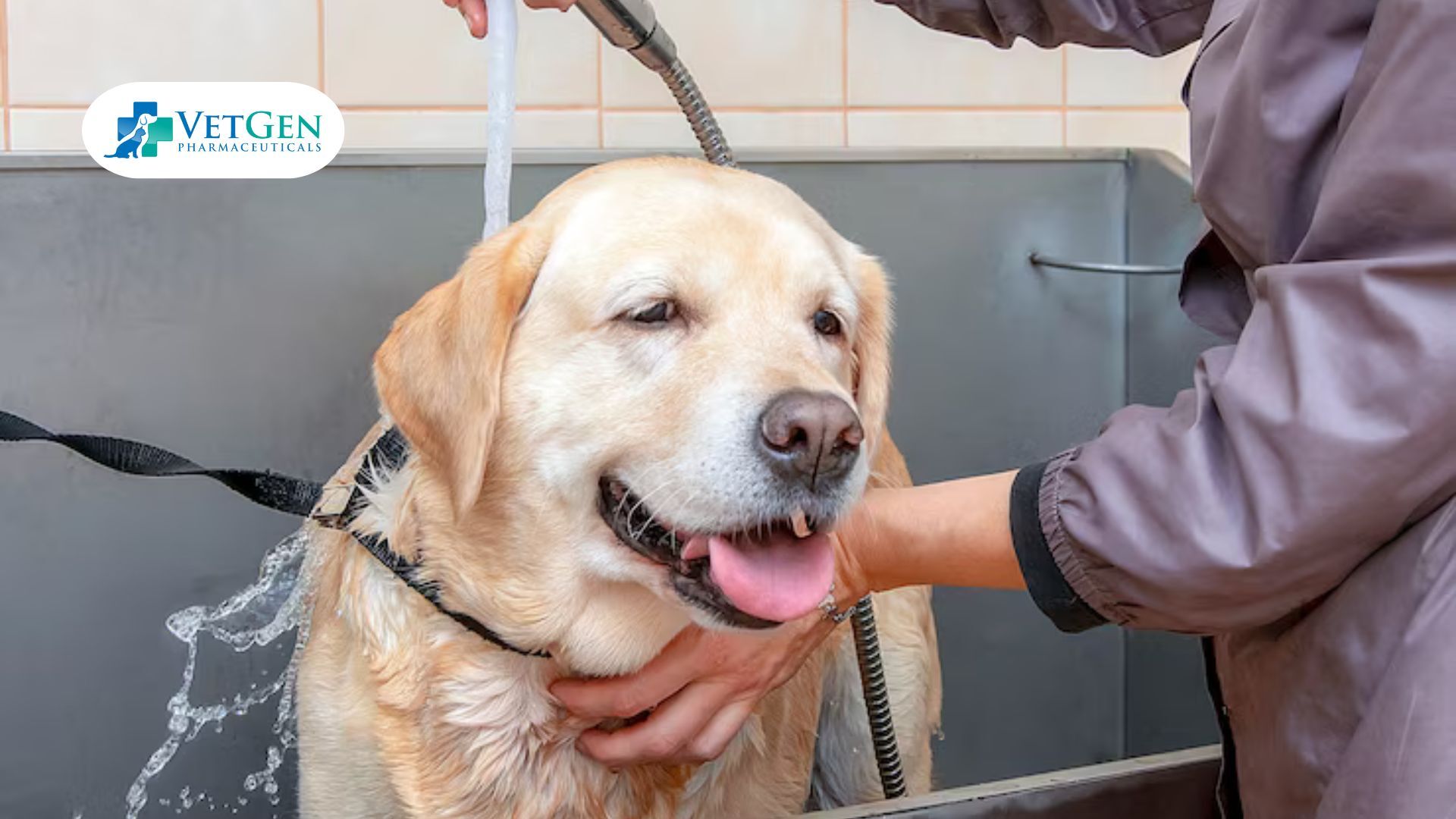
3. Nutrition
A healthy coat starts from within. Nutrition is a key determinant of coat quality. Key nutrients for a healthy coat include:
- Omega-3 and Omega-6 fatty acids: Promote shine and reduce inflammation.
- Biotin (Vitamin B7): Supports keratin production.
- Zinc and Vitamin E: Essential for skin regeneration and coat luster.
- High-quality protein: Helps in building strong hair follicles.
For recommended foods, choose high-protein, grain-inclusive or grain-free diets formulated for active breeds. Look for foods containing salmon oil, flaxseed, or fish meal. Avoid fillers and artificial preservatives.
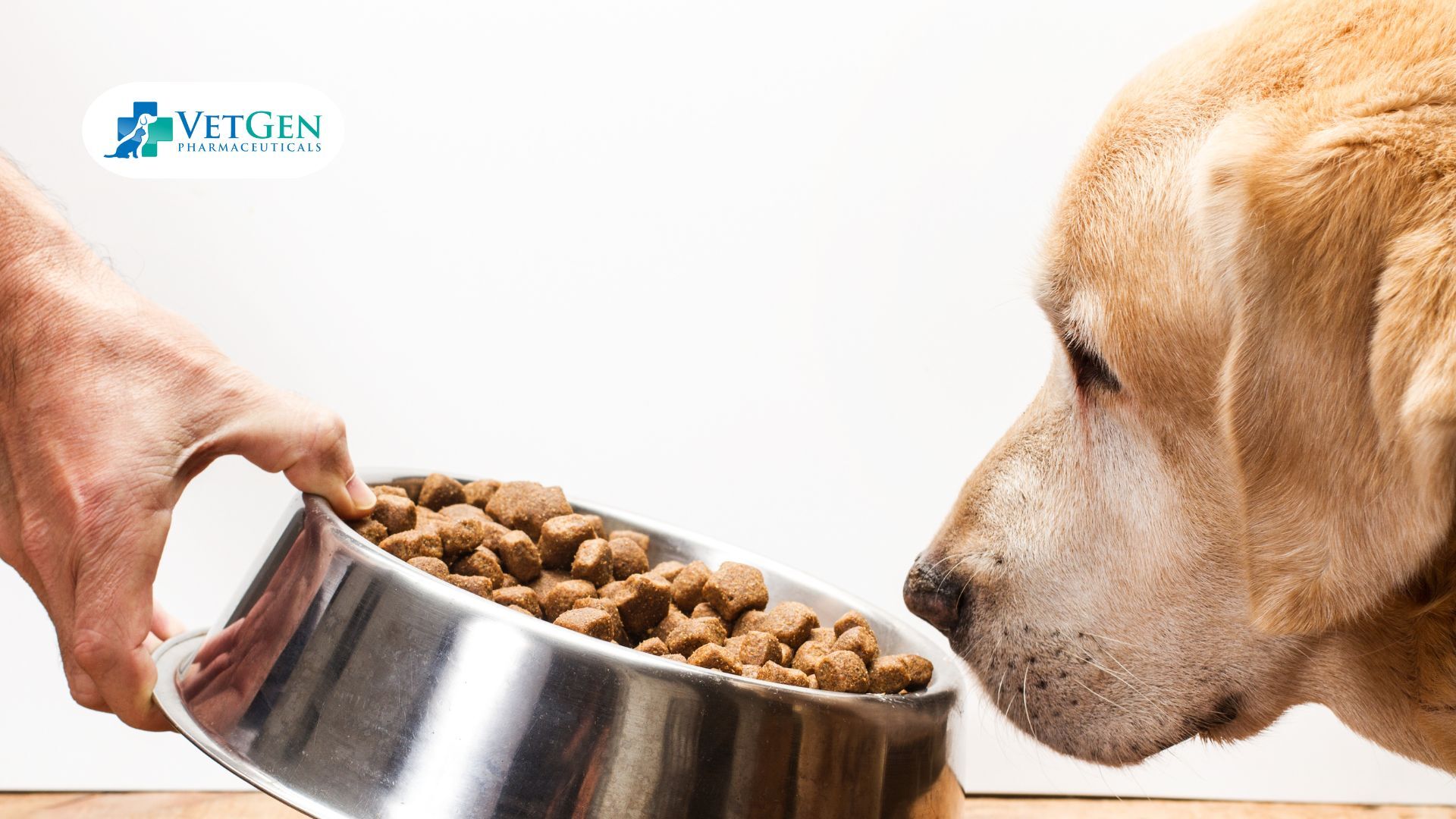
4. Hydration
Skin and coat dryness can often be traced back to dehydration. To ensure adequate hydration, always provide fresh, clean water, consider adding hydrating treats or wet food occasionally, and increase water intake after walks, play, or during warmer months. A properly hydrated Lab will have more elastic skin and a shinier coat.
5. Regular Checkups and Skin Monitoring
Labradors are prone to skin conditions like allergies, hot spots, and dermatitis. Some signs of coat or skin issues include excessive scratching or licking, bald patches or thinning fur, red, inflamed, or flaky skin, and dull, brittle hair. Routine vet visits help catch early signs of parasites (fleas, ticks, mites), skin infections or fungal issues, allergies, which are often caused by food or environmental factors.
You can also monitor your dogs at home by inspecting your Lab’s coat weekly, running your hands over their body to check for unusual bumps or dryness, and using a flea comb to spot pests early.
6. Shedding Control
Labradors shed heavily, especially during spring and fall. While you can’t stop it, you can control the mess. Some of the best practices include using a deshedding tool 3–4 times a week during shedding periods. Bathing more frequently during peak shedding and following with thorough brushing. Lastly, consider using a vacuum with pet attachments and lint rollers to maintain your home.
7. Ear, Eye, and Paw Care
While not part of the coat, poor care in these regions can affect overall hygiene and health.
Ears
Labradors have floppy ears, making them prone to yeast and bacterial infections.
- Clean ears once a week using a vet-approved solution.
- Dry ears thoroughly after swimming or bathing.
Eyes
Wipe away discharge using a damp, soft cloth. Redness or excessive tearing should be checked by a vet.
Paws
Trim fur between pads, especially in winter or muddy seasons. Apply paw balm to prevent cracking.
8. Nail Trimming and Grooming Hygiene
Overgrown nails can cause discomfort and lead to an altered gait, which might affect your Lab’s coat condition due to licking or overcompensation. Trim nails every 3–4 weeks. Use dog-specific nail clippers or grinders. Keep grooming tools clean and sanitized. Store brushes and shampoos in a cool, dry place. Replace worn-out tools that might irritate the skin.
Is Professional Grooming Necessary?
While many Lab owners prefer DIY grooming, professional groomers can provide deep deshedding treatments, medicated baths, nail trimming, ear cleaning, gland expression, and early detection of skin problems. Schedule professional grooming every 2–3 months or as needed, especially if your Lab is highly active outdoors.
That’s A Wrap
Maintaining a shiny, healthy Labrador coat is not just about occasional brushing or bath time. It’s a holistic lifestyle that combines nutrition, grooming, hydration, and regular checkups.
Your Labrador deserves the best care, and consistent coat maintenance is a reflection of their overall health. With the right grooming routine, your Lab’s coat can remain glossy, smooth, and touchably soft all year round. Take the next step in your Lab’s wellness journey. Visit Vegan Pharmaceuticals to learn more tips on grooming your Labrador.
Frequently Asked Questions
How often should I groom my Labrador to maintain a shiny and healthy coat?
For optimal coat health, you should brush your Labrador at least once a week, and increase brushing daily or every other day during shedding seasons (spring and fall). Bathing should be done every 6–8 weeks, or sooner if your dog gets particularly dirty or smelly.
What supplements can help improve my Labrador’s coat quality?
Supplements containing Omega-3 and Omega-6 fatty acids, biotin, vitamin E, and zinc are highly beneficial for coat and skin health. These nutrients support natural oil production, reduce inflammation, and enhance hair strength and shine.

